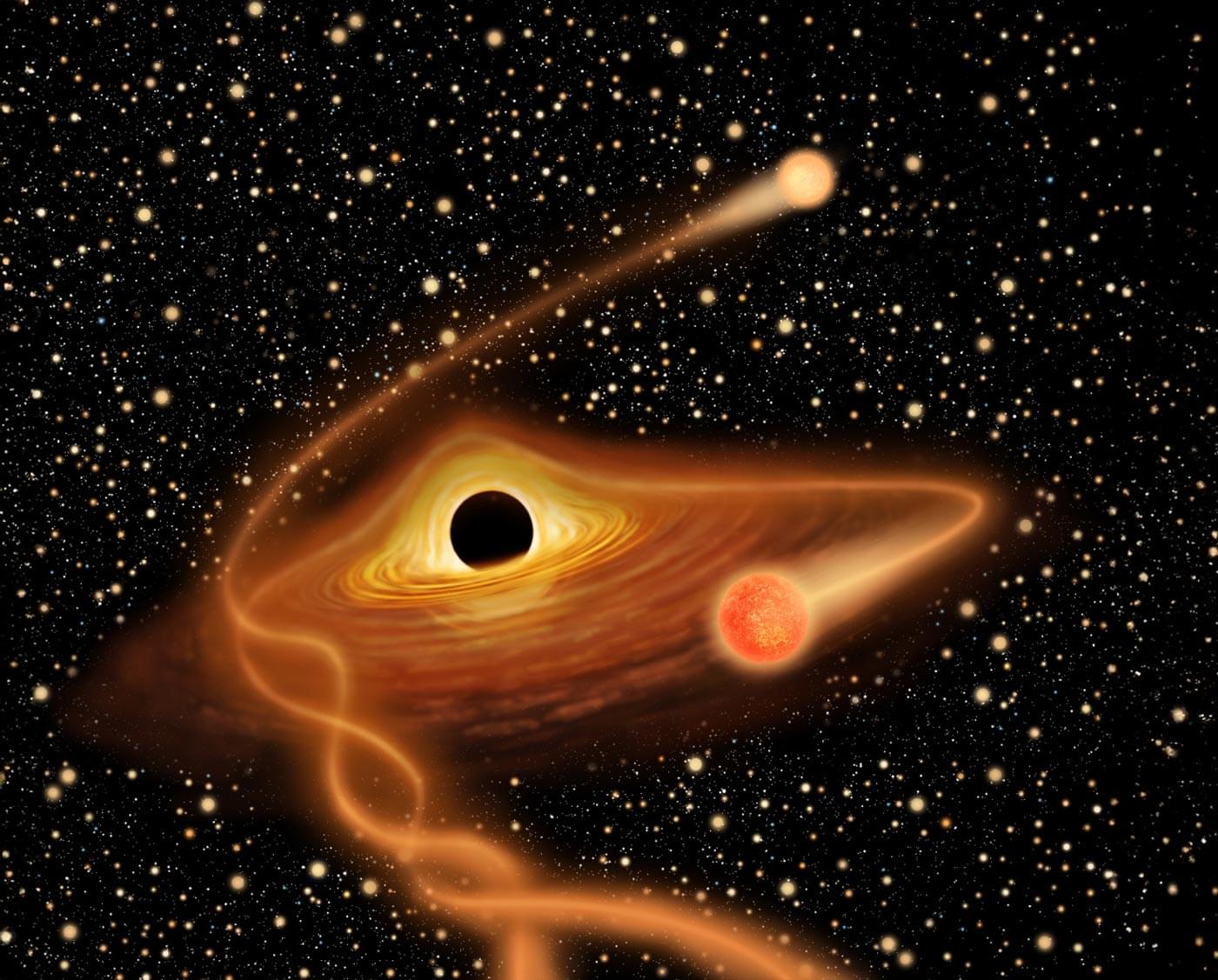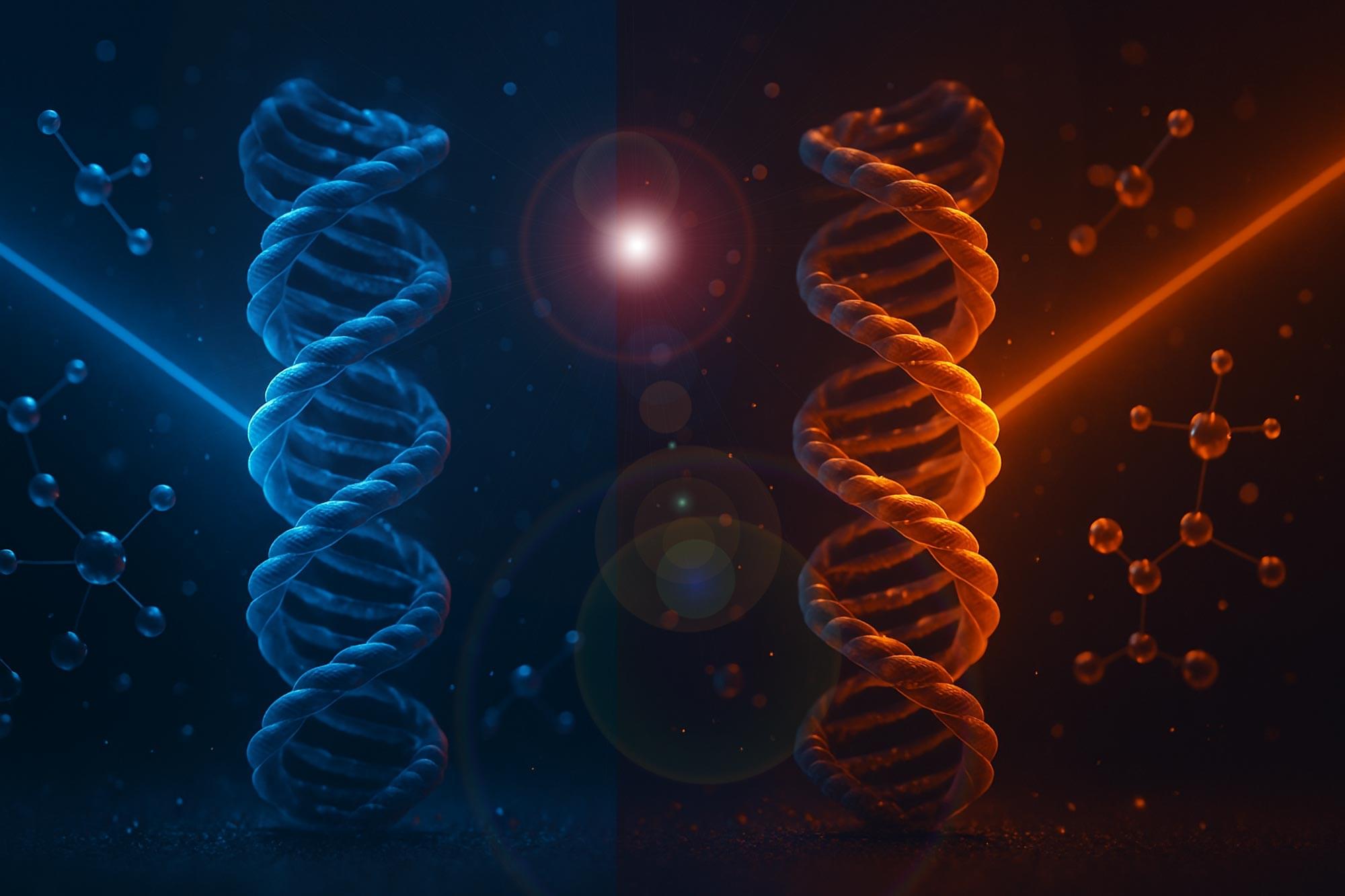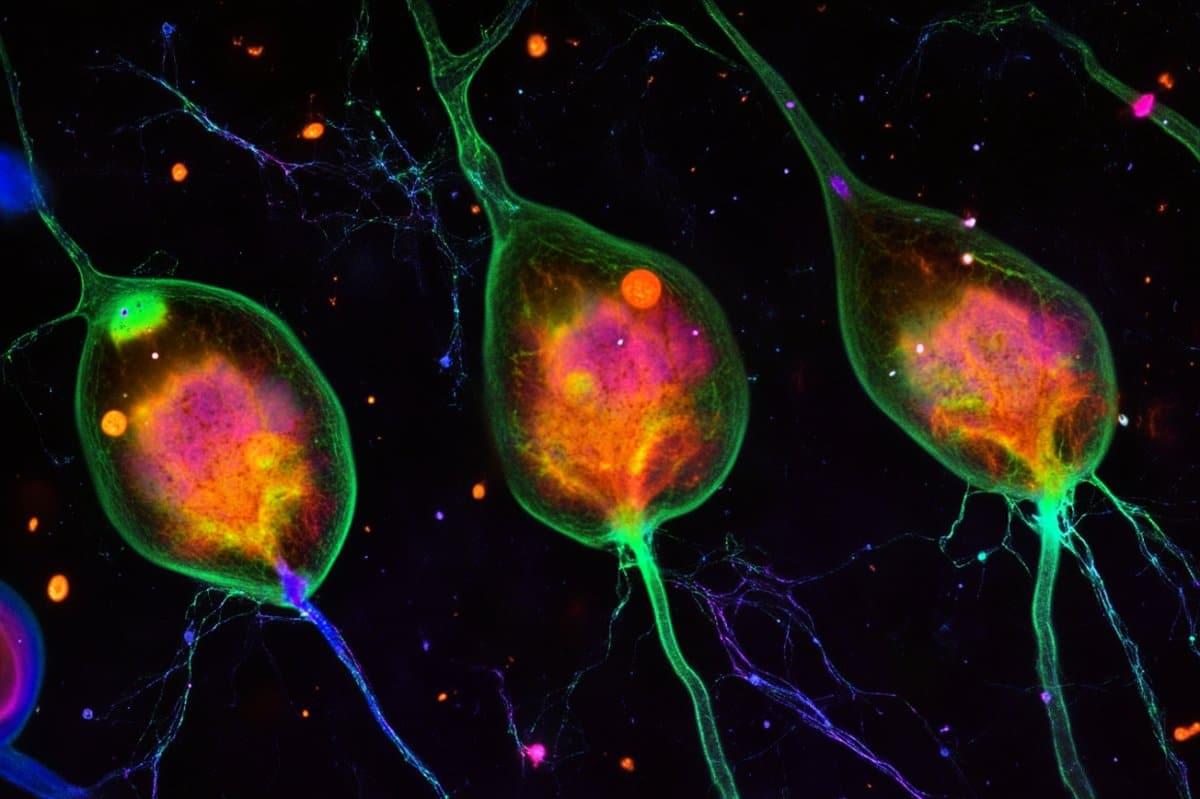The approach uses lasers and holograms to detect misalignments as small as 0.017 nanometers. Researchers at the University of Massachusetts Amherst have developed a new method for aligning 3D semiconductor chips by shining a laser through concentric metalenses patterned onto the chips, creating a








